In the animal kingdom, survival doesn’t always go to the strongest or fastest—sometimes it goes to the cleverest. Evolution has equipped many species with remarkable defense mechanisms that go beyond teeth and claws. From elaborate displays to chemical warfare, the natural world showcases an impressive array of deception tactics that help vulnerable creatures evade predators. These strategies demonstrate nature’s ingenuity and remind us that intelligence manifests in countless forms across different species. Let’s explore 14 fascinating animals that have mastered the art of trickery to outsmart their would-be predators.
The Mimic Octopus Nature’s Ultimate Impersonator

The mimic octopus (Thaumoctopus mimicus) discovered in 1998 near Indonesia, stands as perhaps the most versatile impersonator in the animal kingdom. This remarkable cephalopod can transform not only its color and texture but also its shape and behavior to mimic at least 15 different species. When threatened, it might flatten its body and extend its arms to resemble a toxic flatfish, or bury itself partially in sand with two arms extended to look like a venomous sea snake. The mimic octopus can even imitate the dangerous lionfish by striping its skin and fanning out its arms to mimic the fish’s venomous spines. This sophisticated mimicry allows it to discourage potential predators by appearing to be something far more dangerous than an octopus. Scientists believe this exceptional ability evolved in response to the relatively open habitats the octopus occupies, where hiding places are scarce and predators abundant.
The Deceptive Defense of the Opossum

North America’s Virginia opossum (Didelphis virginiana) employs one of the most well-known defensive tricks in nature—playing dead. When confronted by a predator and unable to escape, the opossum enters an involuntary catatonic state that can last from minutes to several hours. During this “thanatosis,” the animal’s body becomes limp, its breathing slows dramatically, and it may release a foul-smelling substance from its anal glands that mimics the smell of decomposing flesh. This elaborate performance is remarkably convincing and exploits many predators’ aversion to consuming carrion. What makes this behavior particularly fascinating is that it’s not a conscious choice—it’s an involuntary physiological response triggered by extreme fear. Additional research suggests that some predators lose interest in prey that doesn’t struggle, making this peculiar adaptation doubly effective. The opossum’s performance is so convincing that the phrase “playing possum” has become synonymous with feigning death.
The Death Feigning Beetle’s Dramatic Performance
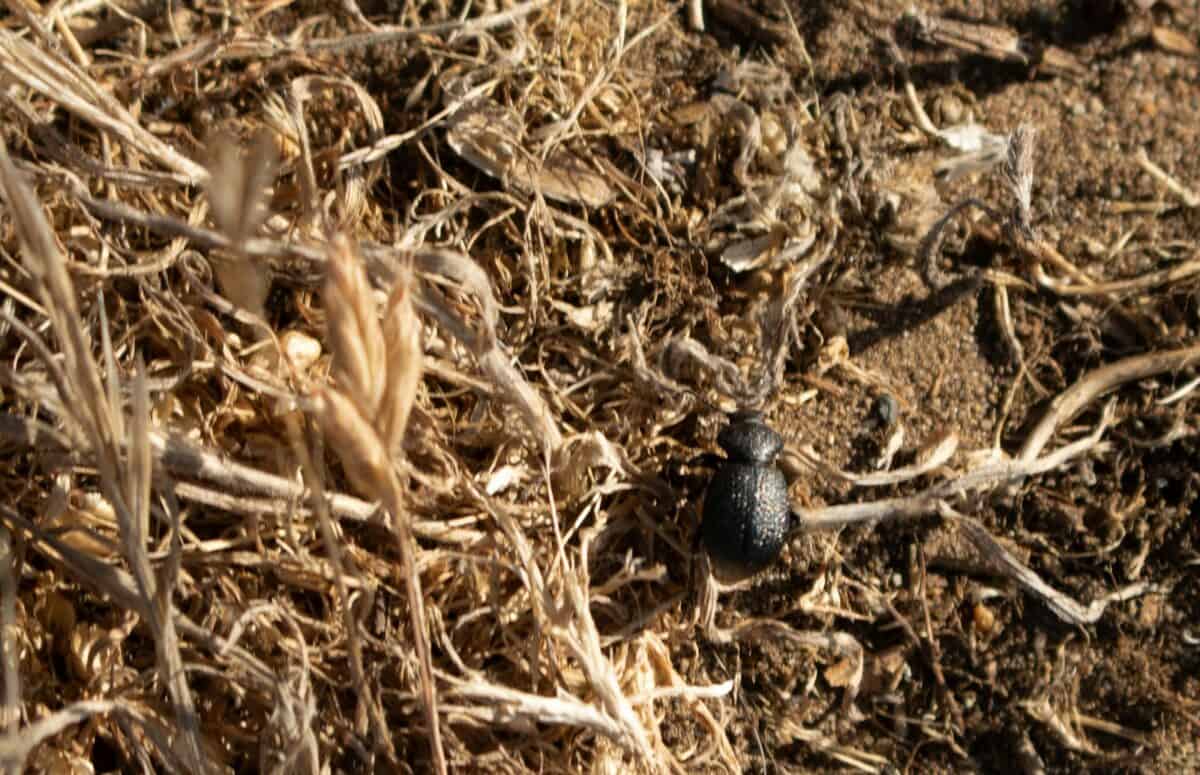
The death feigning beetle (several species in the Zopheridae family) takes playing dead to a theatrical level. When disturbed or threatened, these beetles instantaneously flip onto their backs, pull their legs tightly against their bodies, and become completely motionless. Their rigid posture and absolute stillness create a perfect impression of death, often causing predators to lose interest. Research has shown that individual beetles that hold this pose longer have higher survival rates against certain predators. Interestingly, scientists have discovered that this behavior isn’t just about mimicking death—the beetles are also exploiting the fact that many predators, particularly amphibians and reptiles, are triggered to strike by movement. The beetle essentially disappears from the predator’s attention by remaining perfectly still. After the danger passes, the beetle simply flips back over and continues, having successfully avoided becoming a meal through nothing more than a convincing act.
The Miraculous Mimicry of the Viceroy Butterfly

The viceroy butterfly (Limenitis archippus) has evolved one of the classic examples of Batesian mimicry in the insect world. With its orange and black pattern, the viceroy so closely resembles the toxic monarch butterfly that predators, having learned to avoid monarchs after unpleasant experiences, also avoid viceroys. What makes this case particularly interesting is that scientists later discovered the viceroy itself is somewhat unpalatable, making this a case of Müllerian mimicry, where two distasteful species evolve to look alike, reinforcing the warning signal to predators. This butterfly’s wings showcase distinct black lines across the hindwings that slightly differentiate it from monarchs, though predators rarely notice this subtle distinction. The evolutionary advantage is clear: birds and other predators that have sampled a monarch and experienced its bitter taste will subsequently avoid anything that resembles it, including the viceroy. This elegant solution demonstrates how natural selection can produce remarkable resemblances between unrelated species when there’s a survival advantage.
The Hognose Snake’s Theatrical Death Scene

The eastern hognose snake (Heterodon platirhinos) performs one of the most dramatic death-feigning displays in the animal kingdom. When threatened, this snake first tries intimidation—flattening its neck like a cobra, hissing loudly, and sometimes striking (though rarely biting). If these tactics fail, it launches into an Oscar-worthy performance: the snake writhes dramatically, rolls onto its back, opens its mouth, lets its tongue hang out, and may even release a foul-smelling musk. Most remarkably, if flipped right-side up during this act, the snake will immediately roll back onto its back—revealing the deliberate nature of this performance. The snake may remain in this state for minutes or even hours until it feels safe. This elaborate behavior exploits the fact that many predators are not interested in dead prey, particularly if it appears to be decaying. Hognose snakes are actually harmless to humans, making their defensive performance all the more impressive as pure bluff rather than a backup to actual defensive capabilities.
The Incredible Ink Defense of Cephalopods
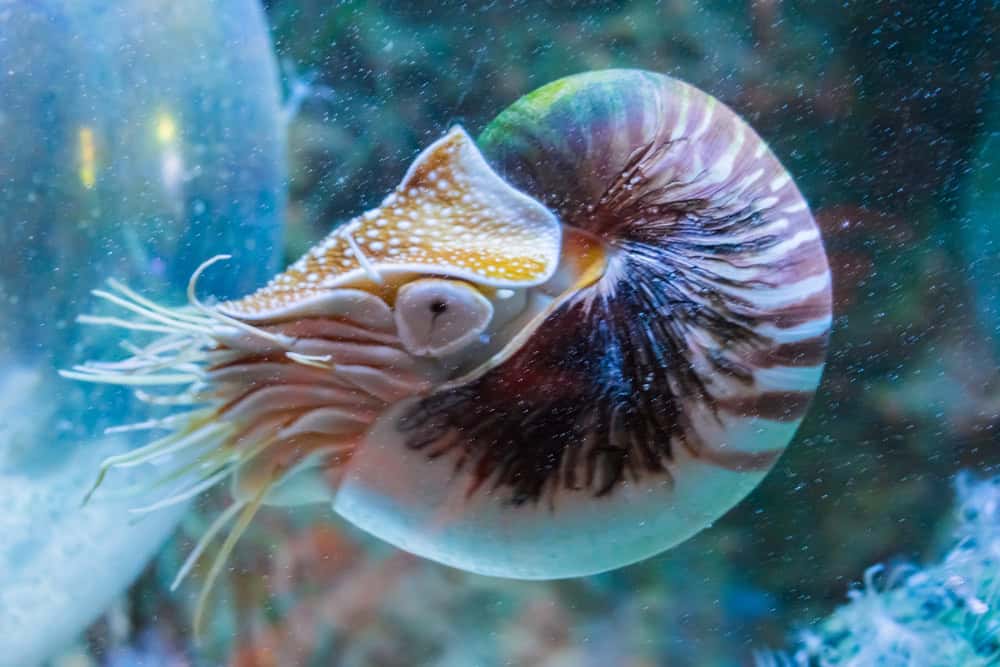
Squids, octopuses, and cuttlefish—members of the cephalopod class—deploy one of the ocean’s most spectacular defensive mechanisms: ink. When threatened, these animals can release a concentrated cloud of melanin-rich ink from a specialized gland. This ink serves multiple deceptive purposes simultaneously. First, it acts as a “smoke screen,” allowing the cephalopod to make a quick escape while the predator is disoriented. Second, the ink can form a “pseudomorph”—a roughly animal-shaped blob that momentarily holds its shape in the water, tricking the predator into attacking this decoy instead of the actual animal. Perhaps most sophisticated, the ink contains tyrosinase, a compound that blocks many predators’ sense of smell, essentially making the fleeing cephalopod chemically invisible. Research has shown that the ink of some species also contains compounds that irritate predators’ eyes and gills. This multi-functional defense mechanism demonstrates how a single adaptation can evolve to serve several protective purposes simultaneously, making it one of nature’s most effective escape artists.
The Walking Stick’s Perfect Disguise

Walking sticks, or stick insects (Phasmatodea order), represent one of nature’s most perfect examples of camouflage—a defensive deception known as crypsis. These remarkable insects have evolved body shapes, textures, and colors that so precisely mimic twigs and branches that they virtually disappear against their natural background. Some species enhance their disguise with lichen-like growths or irregular edges that resemble leaf damage. When threatened, walking sticks supplement their visual camouflage with behavioral adaptations—they may sway gently, mimicking a twig moving in the breeze, or remain perfectly motionless for hours. If discovered, many species can shed limbs (which can later regenerate) to escape, or release foul-smelling defensive chemicals. The disguise is so effective that researchers sometimes have difficulty finding walking sticks even when deliberately searching for them. Some species take mimicry to extraordinary lengths—the leaf insect (Phyllium) genus has evolved to resemble leaves so perfectly that they include details like leaf veins and apparent insect damage on their bodies, demonstrating how natural selection can refine defensive adaptations to remarkable precision.
The Killdeer’s Broken Wing Act

The killdeer (Charadrius vociferus), a ground-nesting bird found across the Americas, performs one of the most deliberate and strategic acts of deception in the bird world. When a predator approaches its nest, the killdeer parent initiates the “broken wing display”—dragging one wing as if injured, moving away from the nest while appearing to struggle. This convincing performance draws the predator toward the seemingly easy prey and away from the vulnerable eggs or chicks. Once the predator has been led a safe distance from the nest, the killdeer “miraculously recovers” and flies away, leaving the confused predator far from the nest. What makes this behavior particularly remarkable is the bird’s ability to assess threat levels—it will perform more dramatic displays for predators that pose greater danger to its offspring. Research has shown the birds even adjust their performance based on the predator’s response, intensifying the act if the predator seems disinterested. This sophisticated deception demonstrates a level of situational awareness and tactical thinking that highlights the evolutionary advantages of parental protection strategies.
The Puffer Fish’s Intimidating Inflation
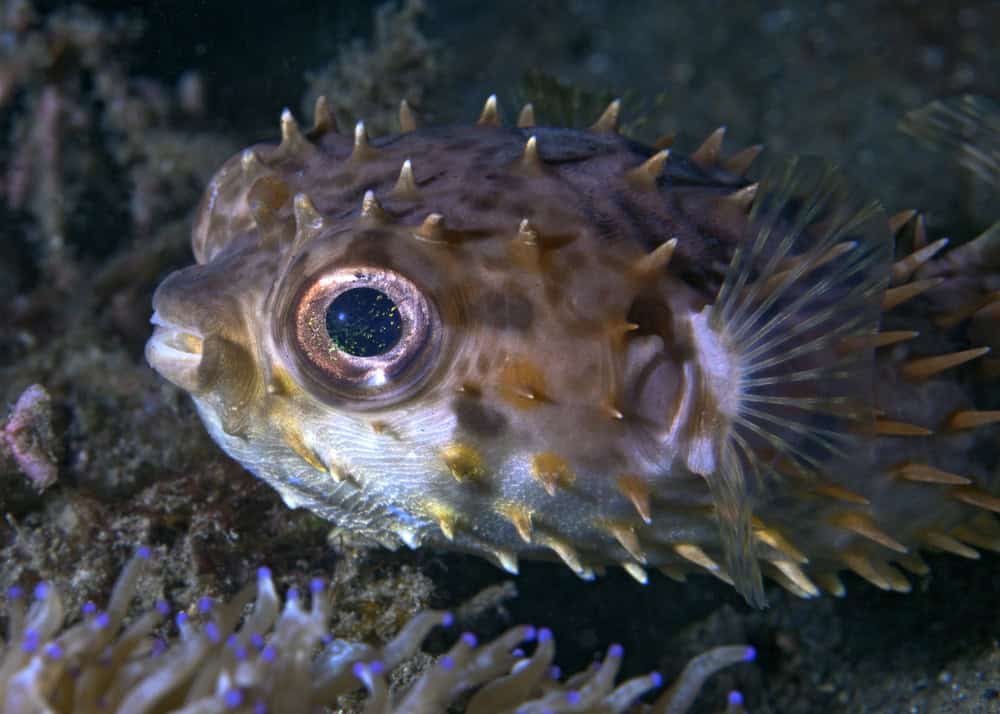
The puffer fish (family Tetraodontidae) employs one of the most dramatic transformations in the animal kingdom as a defensive strategy. When threatened, these fish rapidly ingest water (or air, if removed from water) to inflate their highly elastic stomachs, transforming from a relatively small, inconspicuous fish into a large, spiny ball sometimes several times their normal size. This remarkable adaptation serves multiple defensive purposes. The dramatic increase in size can startle predators and makes the puffer too large for many would-be attackers to swallow. In many species, this inflation also extends numerous sharp spines that normally lie flat against the body, turning the puffer into a virtual underwater pincushion. Beyond physical deterrents, most puffer species contain tetrodotoxin, a potent neurotoxin that can be fatal to predators (and humans—some puffer species are considered delicacies but require extremely careful preparation). The combination of startling inflation, threatening spines, and toxic flesh makes puffers among the most well-defended fish in the ocean, with remarkably few predators willing to risk an encounter with them.
The Autohemorrhaging Defense of Horned Lizards
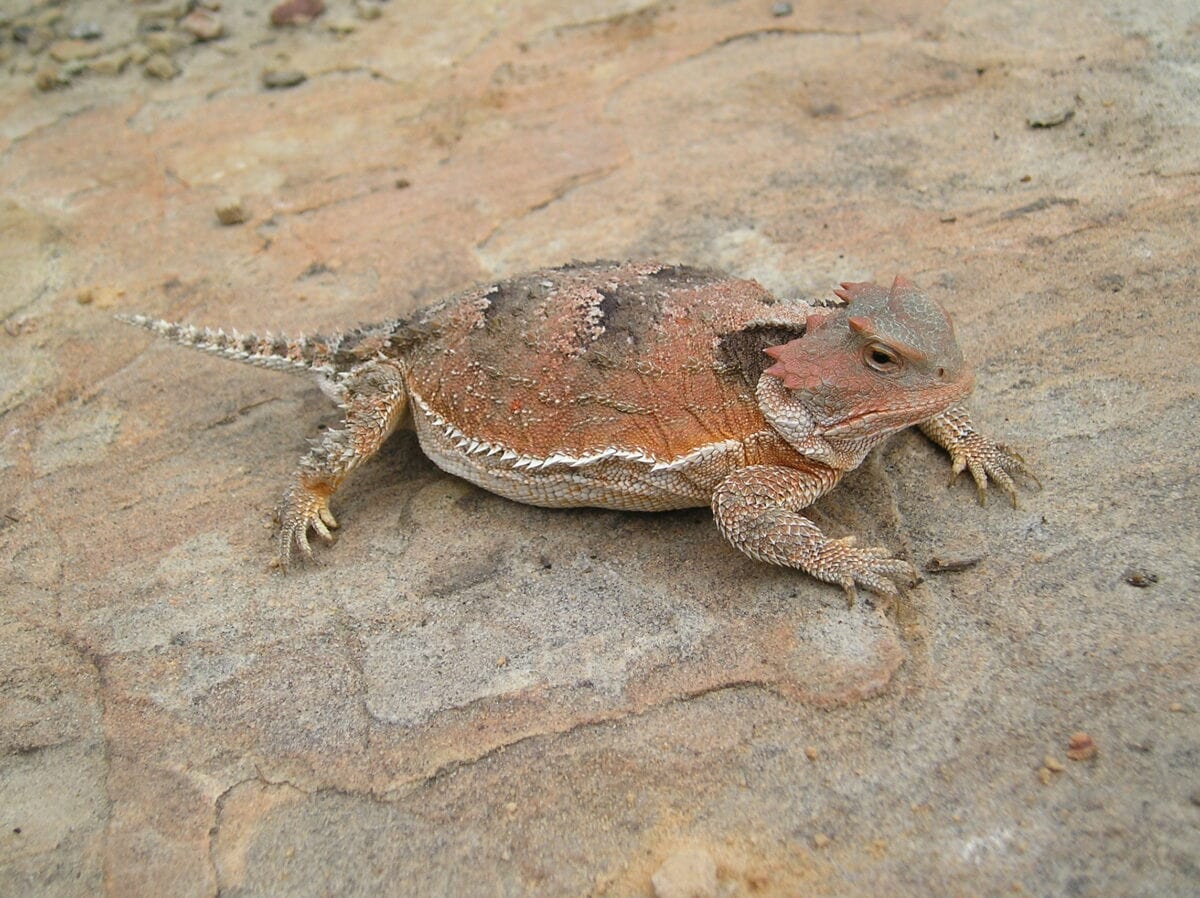
Horned lizards (Phrynosoma genus) employ perhaps one of the most bizarre and dramatic defensive techniques in the reptile world. When cornered by certain predators, particularly canids like foxes and coyotes, these lizards can increase the blood pressure in vessels near their eyes until they rupture, spraying streams of blood up to five feet away. This blood contains compounds distasteful to canine predators, causing them to retreat in disgust. What makes this defense particularly strategic is that the lizards only use it against specific predators known to be sensitive to the compounds in their blood—they don’t waste this energetically costly defense on predators like birds of prey, against which it would be ineffective. Research has identified the compounds as specialized chemicals similar to those found in the ants that make up a large part of the horned lizard’s diet, suggesting they may sequester defensive chemicals from their prey. The precision with which these lizards deploy their unusual defense mechanism—targeting specific predators with a chemically tailored deterrent—shows the remarkable sophistication that can evolve in animal defense strategies.
The False Eye Spots of Many Butterfly Species
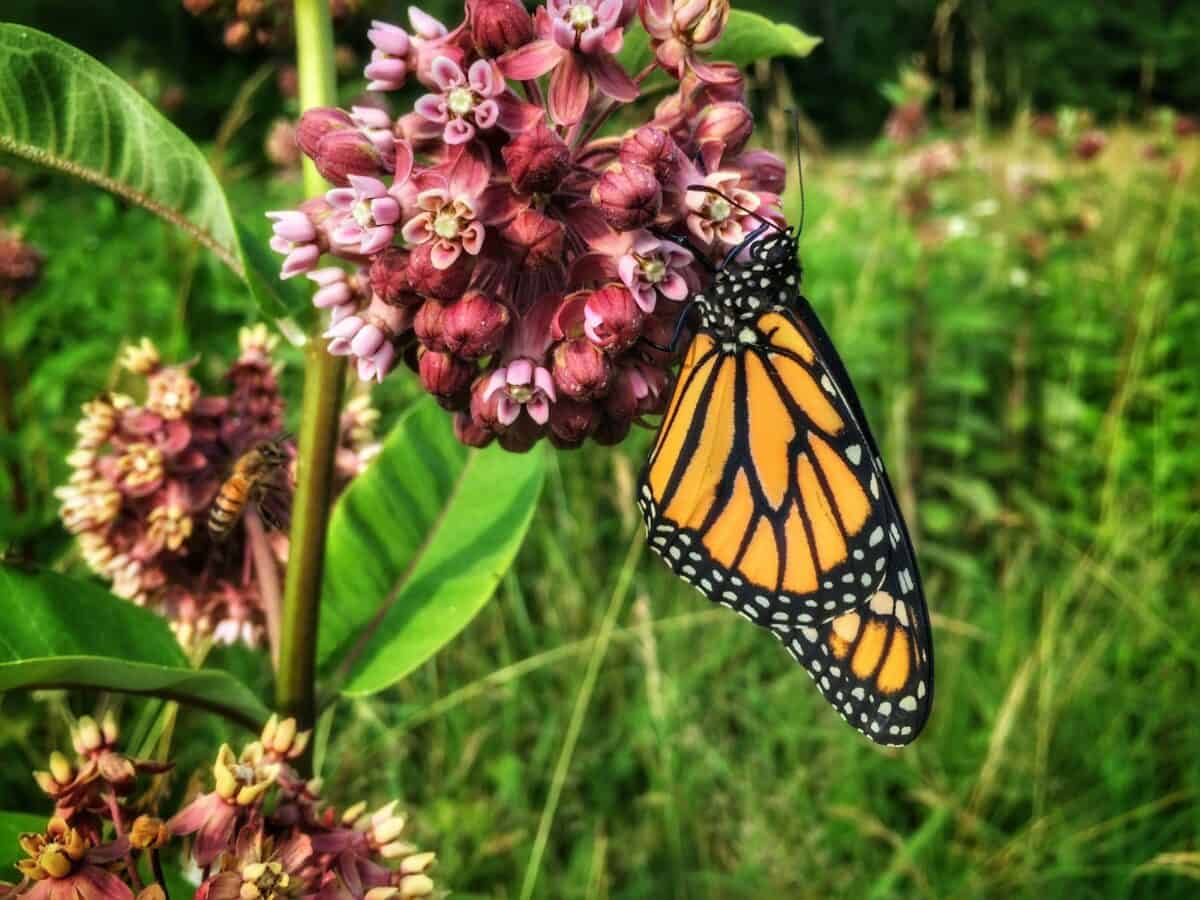
Numerous butterfly species across multiple families have evolved one of the most common yet effective deceptive strategies in nature: eyespots. These conspicuous circular markings on wings often feature concentric rings of contrasting colors that resemble the eyes of much larger animals. Their primary function is twofold and brilliantly strategic. First, they can startle predators through sudden exposure—a butterfly at rest might suddenly flash wings bearing large eyespots, momentarily shocking a predator and giving the butterfly crucial seconds to escape. Second, and perhaps more cunningly, eyespots often appear on wing edges, directing predator attacks away from the butterfly’s vital body parts. Research has demonstrated that butterflies with experimentally removed eyespots suffer more fatal attacks, while those with intact spots often survive with only wing damage. The peacock butterfly (Aglais io) takes this strategy even further—when threatened, it can rapidly open and close its wings while making a hissing sound by rubbing them together, creating a startling multi-sensory display that resembles a small mammalian predator. This sophisticated deployment of false signals represents an elegant evolutionary solution that turns visual deception into a powerful survival tool.
The Bombardier Beetle’s Chemical Warfare

The bombardier beetle (family Carabidae, tribes Brachinini and Paussini) possesses one of the most sophisticated chemical defense systems in the insect world. When threatened, this remarkable beetle mixes hydroquinones and hydrogen peroxide from separate glands in a specialized chamber containing catalytic enzymes. This triggers an exothermic chemical reaction that brings the mixture to near boiling point (around 100°C) and creates explosive pressure. The beetle can then direct this scorching chemical spray with remarkable precision at predators through a flexible abdominal tip, often with an audible popping sound. The spray can reach predators up to 20 centimeters away and typically contains toxic benzoquinones that irritate predators’ eyes and respiratory systems. What makes this defense particularly ingenious is the beetle’s ability to fire up to 20 successive discharges before depleting its chemical reservoirs, and it can aim in almost any direction, including over its back. The precision engineering of this defense mechanism—effectively creating a controlled explosion without harming the beetle itself—represents one of nature’s most remarkable examples of chemical defense systems and has even inspired human engineers working on combustion technologies.
The Decorator Crab’s Disguise Strategy
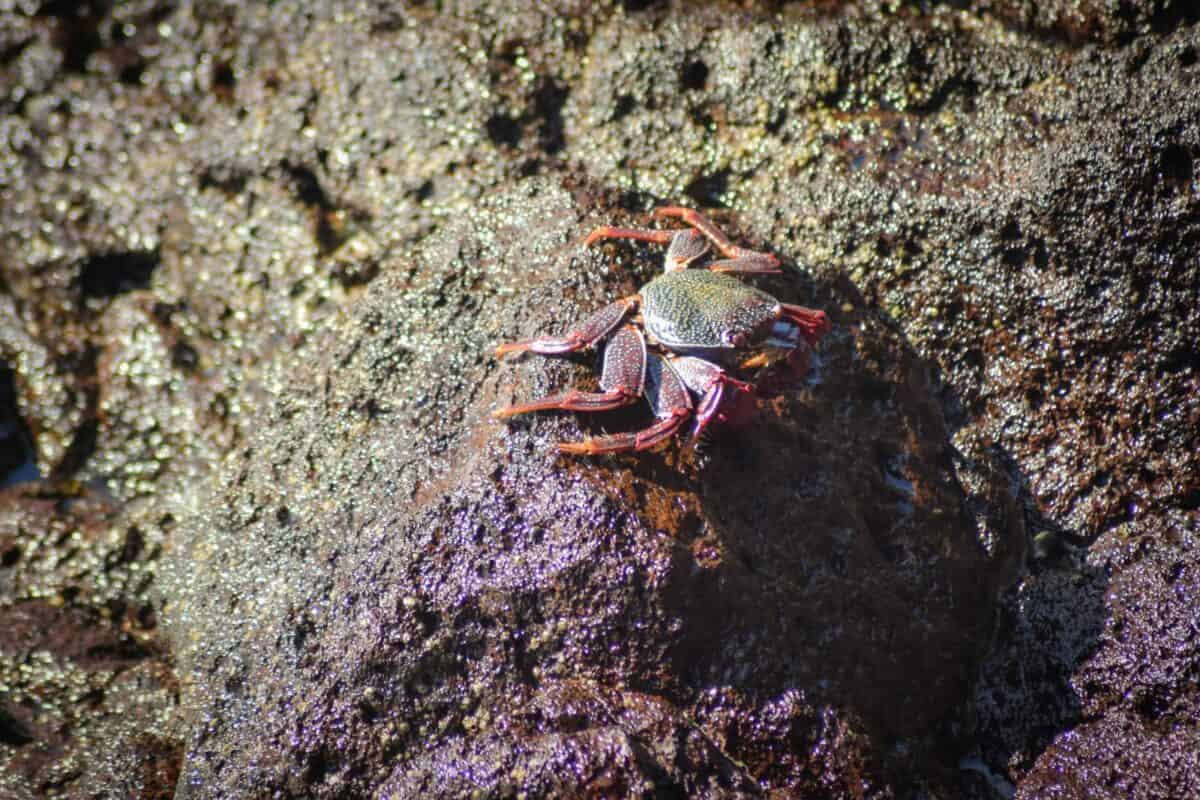
Decorator crabs (family Majidae, including several genera) have developed one of the animal kingdom’s most creative approaches to camouflage. Unlike animals whose camouflage is genetically determined, these ingenious crustaceans actively create their own disguises. Using specialized hooked setae (hair-like structures) on their shells and limbs, decorator crabs attach pieces of their environment—including living organisms like sponges, algae, and small anemones—to their bodies. This self-decoration serves multiple deceptive purposes. Most obviously, it provides visual camouflage, allowing the crab to blend seamlessly into its surroundings. Beyond mere concealment, some decorator crabs strategically select toxic or unpalatable organisms like certain sponges or sea urchins, essentially “wearing” chemical defenses they don’t naturally possess. Research has shown that crabs will selectively decorate with items that deter their specific local predators, suggesting a sophisticated awareness of which materials offer the best protection. Perhaps most remarkably, the crabs maintain their living disguises—pruning, reorganizing, and replacing materials as needed. This active participation in creating their own protective disguise represents a fascinating intersection between tool use and defensive adaptation, showcasing problem-solving that goes beyond instinctive behavior.
The Faking Death Strategy of the African Ground Hornbill Chick
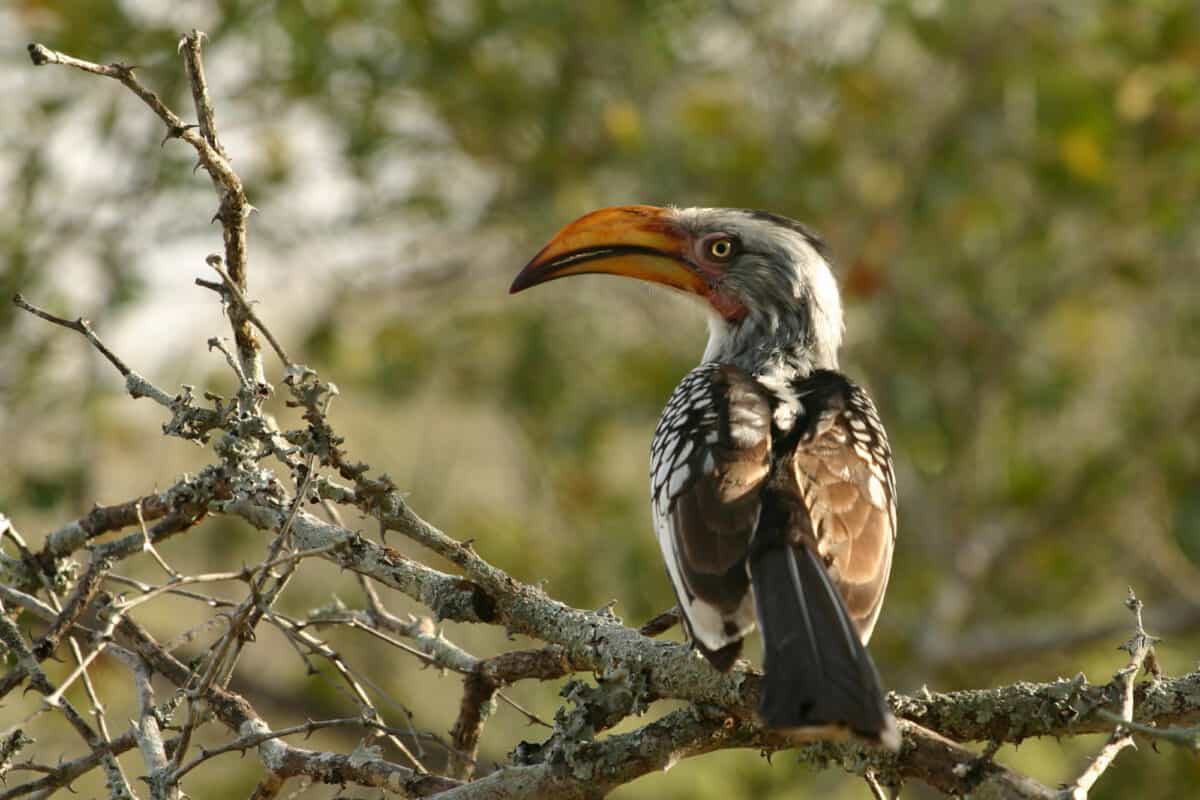
The Southern Ground Hornbill (Bucorvus leadbeateri) chicks have evolved a peculiarly specific form of defensive deception that targets their parents’ protective instincts. These birds typically hatch two chicks, but usually only raise one successfully. When a parent approaches the nest with food, the second-hatched chick will often go completely limp, appearing dead when touched. This apparently lifeless state triggers the parent to focus attention and food on this seemingly struggling chick rather than its healthier sibling. Once fed, the chick “miraculously recovers” and becomes active again. This deceptive behavior is particularly fascinating because it’s directed not at predators but at manipulating parental care. Research suggests this strategy helps ensure the survival of the second chick, which might otherwise be neglected in favor of the first-hatched, typically stronger sibling. The precision of this deception—knowing exactly when to appear vulnerable and when to drop the act—demonstrates how selective pressures can shape highly specific behaviors that exploit the psychological triggers of other animals, even those of their own species and family. This specialized form of family deception exemplifies how natural selection can produce remarkably targeted behavioral adaptations when survival advantages exist.
Conclusion: Nature’s Masters of Deception What We Can Learn
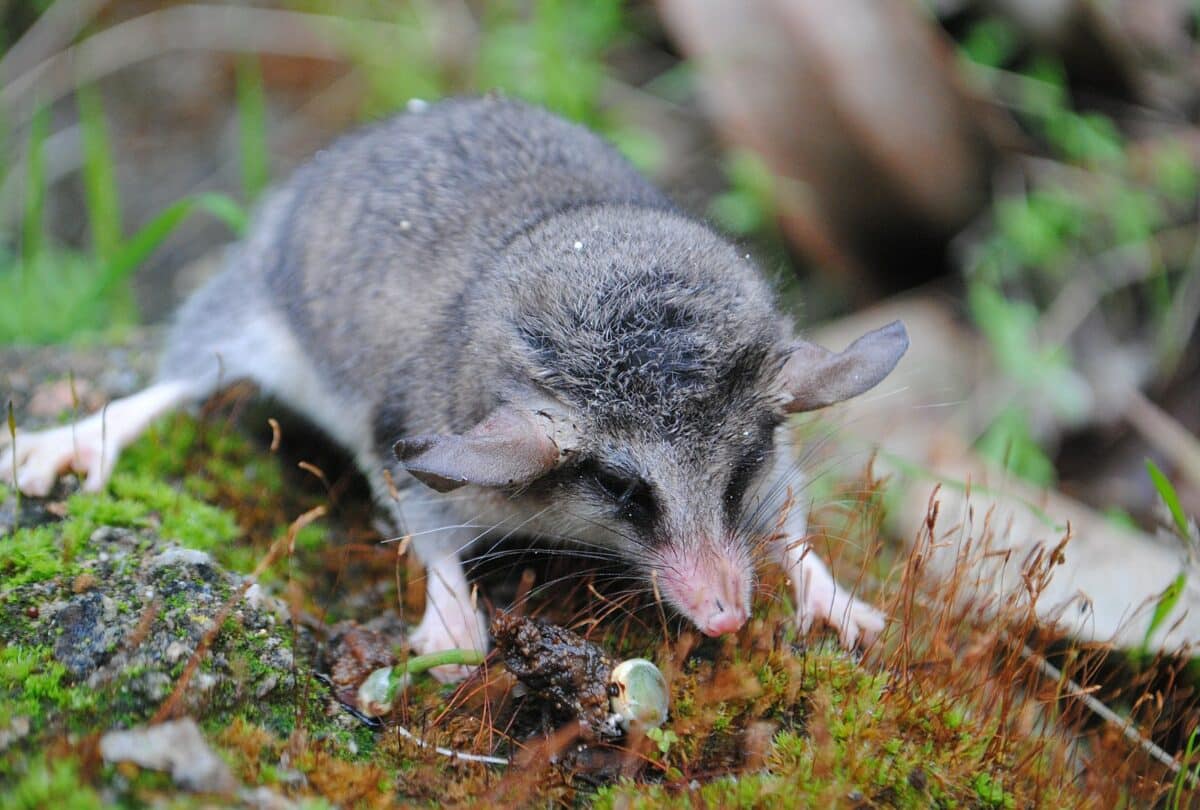
In the ever-evolving contest between predator and prey, survival often hinges not on strength or speed, but on ingenuity. The 14 animals highlighted here reveal the astonishing range of deceptive strategies that nature has honed over millions of years—from mimicry and camouflage to chemical warfare and elaborate behavioral performances. These adaptations are not just fascinating quirks; they are powerful reminders that intelligence and creativity are not uniquely human traits but are woven deeply into the fabric of life itself. By studying these masters of deception, we gain a greater appreciation for the complexity of evolution and the endless ways in which life adapts to meet the challenges of survival. In nature, the clever often inherit the earth.
- Top 10 Animals and Wildlife in the Congo Basin - August 8, 2025
- The Most Unbelievable Underwater Caves in the US - August 8, 2025
- 13 Wild Cats That Roam the Americas - August 8, 2025

